The most useful diet
 Bashny.Net
Bashny.Net
It will not even about diets and styles of food. You've probably noticed that, in Japan, 100-year-old people - it's not nonsense, but quite normal. And it's not only the high quality of life, but also in their daily diet. About the most useful in the world of nutrition of the Japanese read in continuation of the post!
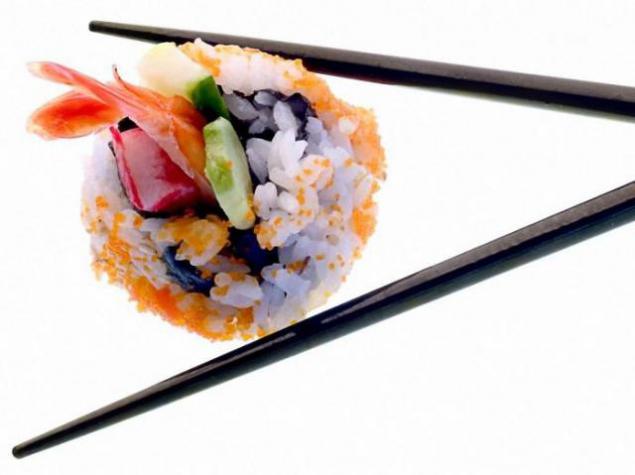
In Japan, lives the greatest number of centenarians in comparison with other countries of the world, and the average life expectancy is 82, 5 years, whereas in Russia - 70, 5 years. Moreover, Japanese society is considered one of the healthiest in the world - diseases of civilization have not touched the Japanese, whereas in industrialized countries is a real problem.
According to medical experts, the Japanese secret lies in their lifestyle and diet, which helps to maintain good health and physical shape for years to come. In addition, the Japanese are much less likely to suffer from obesity, cardiovascular disease, diabetes, Parkinson's disease and cancer. Interestingly, the percentage of people who suffer from obesity in Japan is only 3%, whereas in the United States 40%.
So what is the secret of health and longevity of the Japanese, you ask? The Japanese diet is low calorie, it is rich in fruits and vegetables, rice, beans, mainly soybeans, seaweed, fish and seafood. Japanese hardly eat meat, if eaten, is mainly beef. The average Japanese person eats 65 kg of fish per year, and Russian - 18, 5. A significant difference.
According to Dr. Christopher Krakowiak medicinal chemistry, there are a number of reasons why the fish should be the basis of our diet. Fish - is well of vitamins (A, B group, D, and RR), minerals (iron, phosphorus, selenium, magnesium, calcium and iodine) and unsaturated fatty acids omega-3. Due antiinflammatory properties fish their frequent use reduces the risk of many diseases, including atherosclerosis, heart disease, stroke and arthritis. Rich in fish diet lowers blood pressure and levels of "bad" LDL cholesterol in favor of "good» HDL.
As shown by recent studies conducted by the International Agency for Research on Cancer (IARC) in Lyon, sea fish in the diet reduces the risk of cancer and has a preventive effect. Omega-3 fatty acids inhibit the growth of cancer cells and increase the body's resistance, and vitamins eliminate free radicals.
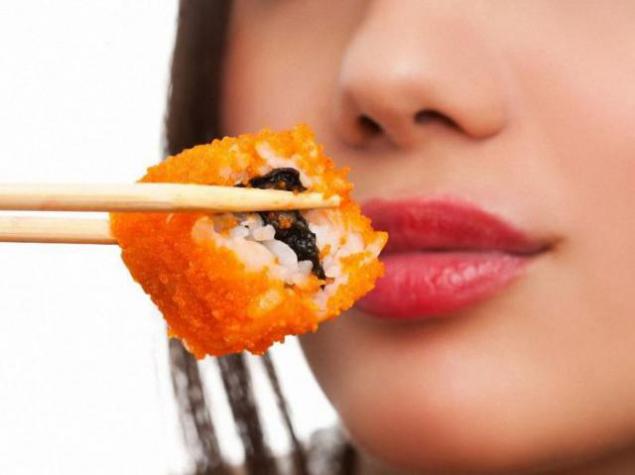
While our understanding of the dessert - a something sweet Japanese dessert ... drink green tea or eating fruit.
Japanese eat little but often. Japanese portions are small compared with the European. The Japanese diet consists mainly of fresh seasonal fruits and vegetables that are served mostly raw. If the products are subjected to heat treatment is usually small.

Less sugar.
The Japanese consume daily about 48, 8 grams of sugar, while the average Russian or English eats about 100 grams of sugar.
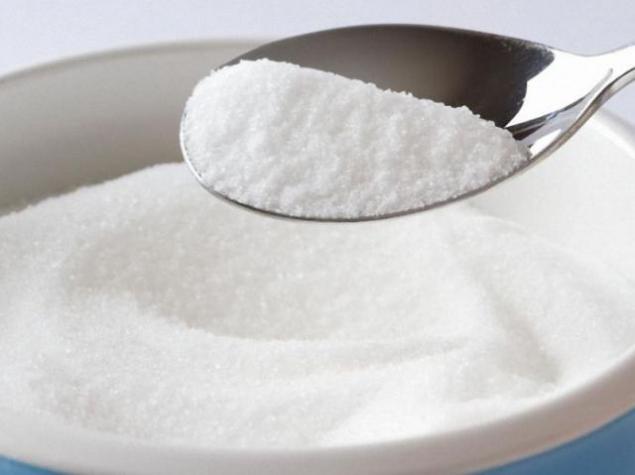
Seaweed.
Algae, which are part of the Japanese diet, contain large amounts of alginate. According to the latest study, researchers from the University of Newcastle, alginates significantly reduce fat absorption. It is necessary to take an example from the Japanese and enter in your diet Wakame - dark green edible seaweed. Dried seaweed soaked and added to a variety of salads.
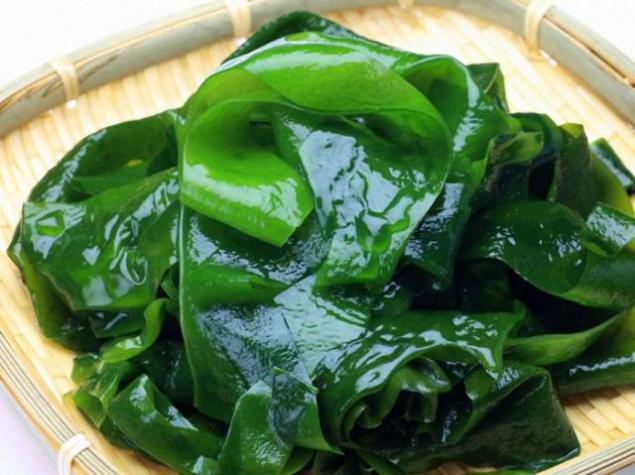
Seafood.
Unique properties are the source of valuable seafood and digestible protein. This low-calorie foods, which also contain iodine and a number of useful minerals such as copper, iron, zinc, magnesium and selenium.
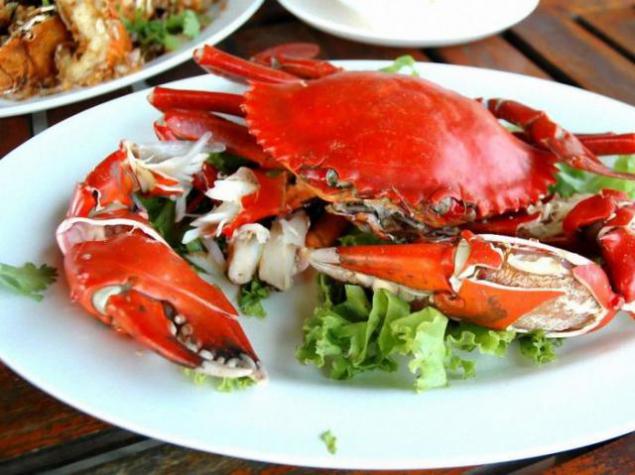
Rice dishes.
It is hard to imagine Japanese cuisine without rice. The average Japanese person eats six times more rice than European. It's not just white rice, but brown, containing a large amount of fiber. The basis of rice starch that is digested slowly, while the blood sugar level remains constant. Rice is also rich in B vitamins, pantothenic acid and various minerals (magnesium, potassium, iron, calcium and phosphorus). It has a positive effect on the work of the entire gastrointestinal tract.
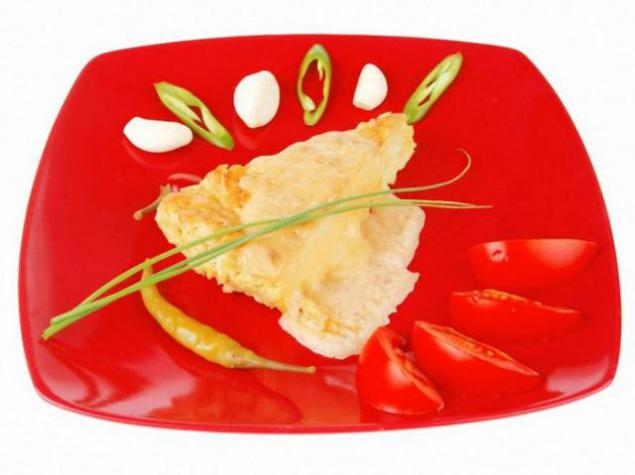
Sushi - traditional Japanese dishes.
There are many types of sushi made from a base component - rice - with different fillings. It can be raw saltwater fish, seafood, vegetables, eggs.

Tofu or bean curd.
It can be baked, boiled, fried, etc. Tofu is an excellent source of complete protein, which effectively complements the proteins of animal origin. Moreover, it is rich in unsaturated fats, linoleic acid, lecithin, and many vitamins. Tofu contains no cholesterol and is low-calorie foods (80-100 kcal per serving).
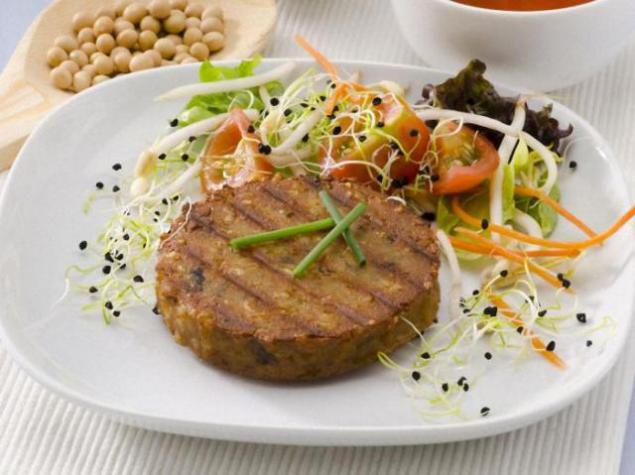
Soya.
Traditional Japanese dish of soy is miso. It is produced by fermentation of soybeans, rice, wheat and barley. Besides wealth microelements and vitamins, miso also improves digestion and increase immunity. Eating large amounts of soy products that contain phytoestrogens, helps women during menopause, reducing hot flashes and night sweats.


In Japan, lives the greatest number of centenarians in comparison with other countries of the world, and the average life expectancy is 82, 5 years, whereas in Russia - 70, 5 years. Moreover, Japanese society is considered one of the healthiest in the world - diseases of civilization have not touched the Japanese, whereas in industrialized countries is a real problem.
According to medical experts, the Japanese secret lies in their lifestyle and diet, which helps to maintain good health and physical shape for years to come. In addition, the Japanese are much less likely to suffer from obesity, cardiovascular disease, diabetes, Parkinson's disease and cancer. Interestingly, the percentage of people who suffer from obesity in Japan is only 3%, whereas in the United States 40%.
So what is the secret of health and longevity of the Japanese, you ask? The Japanese diet is low calorie, it is rich in fruits and vegetables, rice, beans, mainly soybeans, seaweed, fish and seafood. Japanese hardly eat meat, if eaten, is mainly beef. The average Japanese person eats 65 kg of fish per year, and Russian - 18, 5. A significant difference.
According to Dr. Christopher Krakowiak medicinal chemistry, there are a number of reasons why the fish should be the basis of our diet. Fish - is well of vitamins (A, B group, D, and RR), minerals (iron, phosphorus, selenium, magnesium, calcium and iodine) and unsaturated fatty acids omega-3. Due antiinflammatory properties fish their frequent use reduces the risk of many diseases, including atherosclerosis, heart disease, stroke and arthritis. Rich in fish diet lowers blood pressure and levels of "bad" LDL cholesterol in favor of "good» HDL.
As shown by recent studies conducted by the International Agency for Research on Cancer (IARC) in Lyon, sea fish in the diet reduces the risk of cancer and has a preventive effect. Omega-3 fatty acids inhibit the growth of cancer cells and increase the body's resistance, and vitamins eliminate free radicals.

While our understanding of the dessert - a something sweet Japanese dessert ... drink green tea or eating fruit.
Japanese eat little but often. Japanese portions are small compared with the European. The Japanese diet consists mainly of fresh seasonal fruits and vegetables that are served mostly raw. If the products are subjected to heat treatment is usually small.

Less sugar.
The Japanese consume daily about 48, 8 grams of sugar, while the average Russian or English eats about 100 grams of sugar.

Seaweed.
Algae, which are part of the Japanese diet, contain large amounts of alginate. According to the latest study, researchers from the University of Newcastle, alginates significantly reduce fat absorption. It is necessary to take an example from the Japanese and enter in your diet Wakame - dark green edible seaweed. Dried seaweed soaked and added to a variety of salads.

Seafood.
Unique properties are the source of valuable seafood and digestible protein. This low-calorie foods, which also contain iodine and a number of useful minerals such as copper, iron, zinc, magnesium and selenium.

Rice dishes.
It is hard to imagine Japanese cuisine without rice. The average Japanese person eats six times more rice than European. It's not just white rice, but brown, containing a large amount of fiber. The basis of rice starch that is digested slowly, while the blood sugar level remains constant. Rice is also rich in B vitamins, pantothenic acid and various minerals (magnesium, potassium, iron, calcium and phosphorus). It has a positive effect on the work of the entire gastrointestinal tract.

Sushi - traditional Japanese dishes.
There are many types of sushi made from a base component - rice - with different fillings. It can be raw saltwater fish, seafood, vegetables, eggs.

Tofu or bean curd.
It can be baked, boiled, fried, etc. Tofu is an excellent source of complete protein, which effectively complements the proteins of animal origin. Moreover, it is rich in unsaturated fats, linoleic acid, lecithin, and many vitamins. Tofu contains no cholesterol and is low-calorie foods (80-100 kcal per serving).

Soya.
Traditional Japanese dish of soy is miso. It is produced by fermentation of soybeans, rice, wheat and barley. Besides wealth microelements and vitamins, miso also improves digestion and increase immunity. Eating large amounts of soy products that contain phytoestrogens, helps women during menopause, reducing hot flashes and night sweats.

Tags
See also
How to become a goddess 3 days: oat cleansing diet works wonders!
Week extreme diet
Diet according zodiac signs
Vegetable diet will help you to lose up to 12 pounds in a week
How to cleanse your body for the summer: diet cucumbers

















